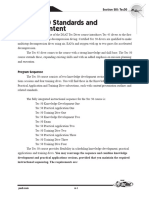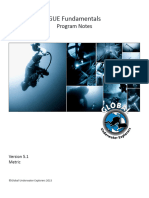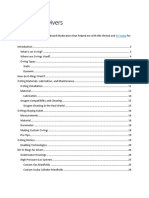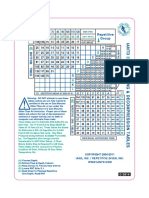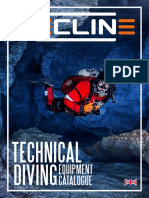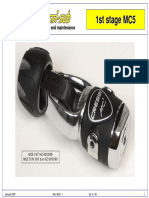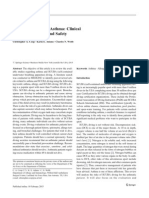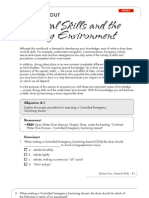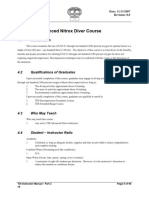0% found this document useful (0 votes)
137 views10 pagesMod 2 CCR
The document outlines the standards and procedures for the TDI Mixed Gas Closed Circuit Rebreather Diver certification course, focusing on training divers to use specific CCR units for mixed gas diving up to 60 meters. It details qualifications for graduates, prerequisites for students, course structure, required skills, and administrative requirements. Additionally, it specifies necessary equipment, subject areas to be covered, and the evaluation criteria for successful completion of the course.
Uploaded by
vansvalence19Copyright
© © All Rights Reserved
We take content rights seriously. If you suspect this is your content, claim it here.
Available Formats
Download as PDF, TXT or read online on Scribd
0% found this document useful (0 votes)
137 views10 pagesMod 2 CCR
The document outlines the standards and procedures for the TDI Mixed Gas Closed Circuit Rebreather Diver certification course, focusing on training divers to use specific CCR units for mixed gas diving up to 60 meters. It details qualifications for graduates, prerequisites for students, course structure, required skills, and administrative requirements. Additionally, it specifies necessary equipment, subject areas to be covered, and the evaluation criteria for successful completion of the course.
Uploaded by
vansvalence19Copyright
© © All Rights Reserved
We take content rights seriously. If you suspect this is your content, claim it here.
Available Formats
Download as PDF, TXT or read online on Scribd
/ 10






